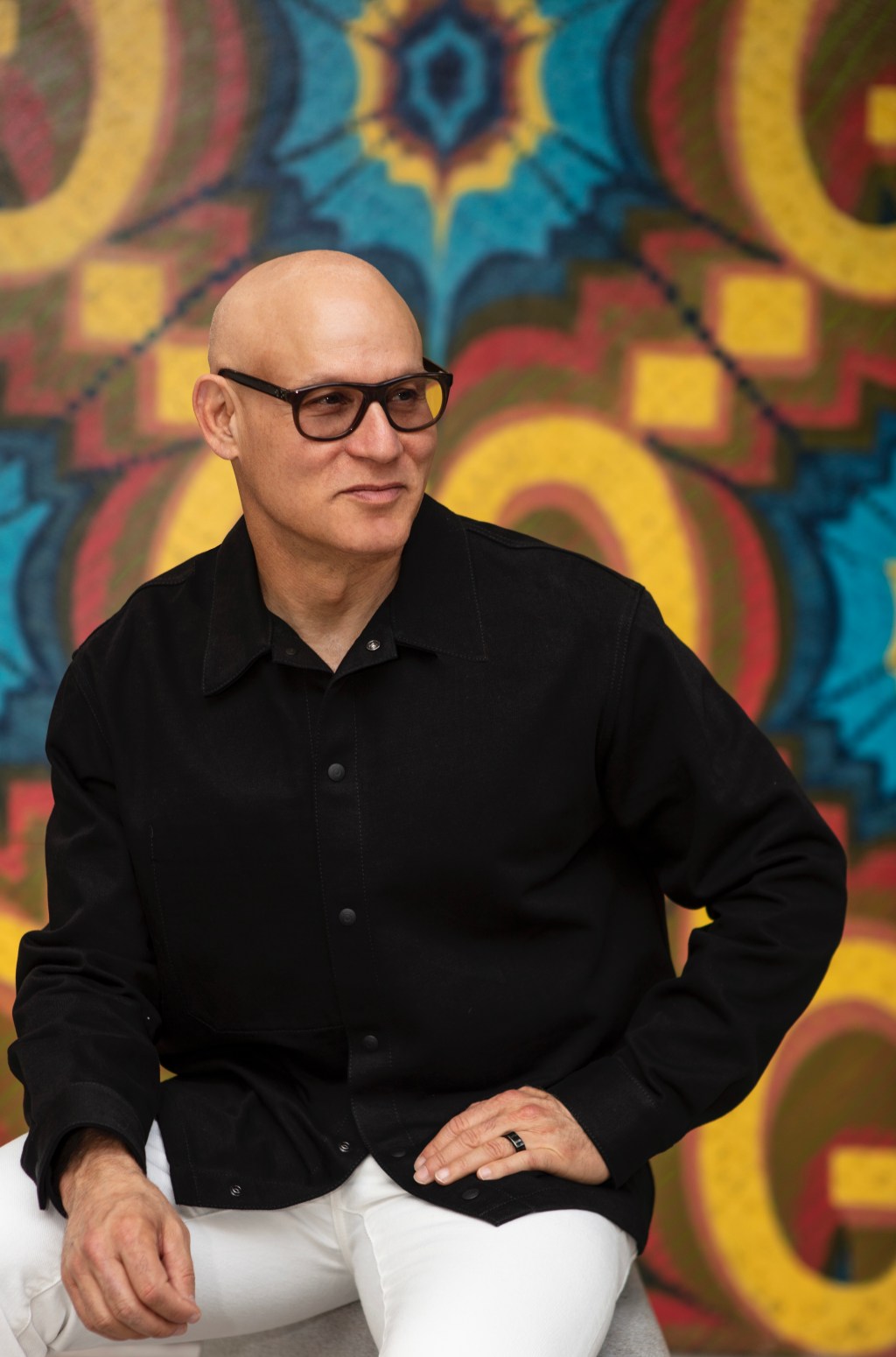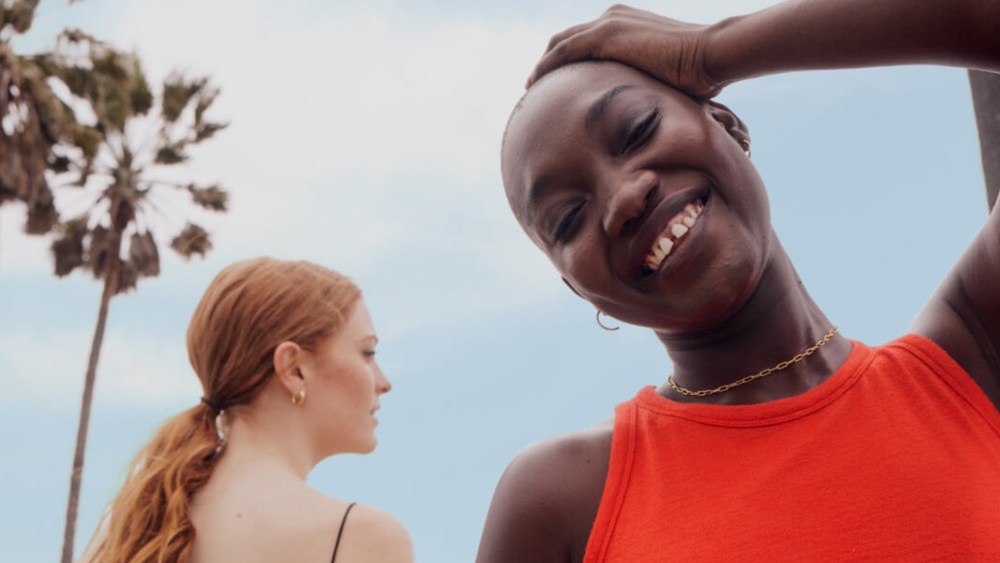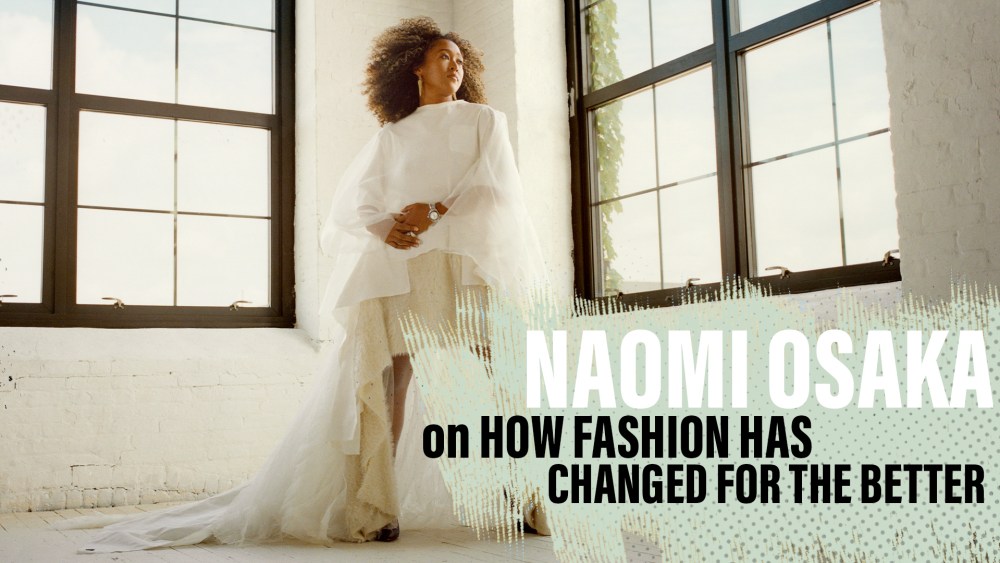When Craig Robins decides to buy an artist’s work, he’s in it for the long haul.
“My goal as a collector is always to find artists that I want to collect in depth,” says the Miami-based real estate developer. “So I generally look for young artists who are emerging and then I buy work by them. And if I really like what they’re doing, I try to keep collecting them,” he adds. “Once I become interested in different artists, the next stage is then to consider if we have an opportunity to do a public art project with them.”
Robins, who as chief executive officer of his company Dacra developed Miami’s Design District and cofounded the Design Miami fair, integrates culture into all of his projects, with public art at the forefront. A major art patron, his excitement for design and creatives is palpable.
“Virtually wherever you walk you see amazing museum quality examples of art, architecture and design. It’s just part of the DNA of the neighborhood,” Robins says of Dacra’s approach, adding that other major luxury shopping districts look to the Design District as an example for creating an immersive customer experience.
Each year the Dacra office hosts an exhibition timed to Art Basel that draws from Robins’ personal collection. The 2023-24 exhibition is titled “A Train of Thoughts” and features new and historical works by established and emerging artists, including John Baldessari; Bisa Butler; Chase Hall; David Hammons; Isabelle Albuquerque; Jana Euler; Marcel Duchamp; Kenturah Davis, and Simone Leigh.
“We want our offices to be equally a place to exhibit my collection as a working environment,” Robins says. “That touches really nicely on the same thing that we did with the Design District, where we said we want it to be a place for business, but we want it to be equally a place for culture. When you walk in the office, a lot of what you see relates to what’s on display in the Design District.”
For example, in the Design District, Marc Newson was commissioned to create a wavy fence, Baldessari designed an entire building facade, and Urs Fischer created a bus stop installation. And Bisa Butler designed jerseys for this year’s annual Miami bike ride to raise money for cancer research. All artists are part of Robins’ personal collection.

One of Robins’ most recent acquisitions is a work by Chase Hall, from his show at David Kordansky Gallery earlier this fall; the work will be on view at Dacra with the new exhibition.
“Some artists I think are really good, but they’ve already kind of been discovered. I am less inclined to then want to build my own collection of theirs unless they really add to the overall collection,” he says. “It made a lot of sense to collect John Baldessari after collecting all of his students. And it made a lot of sense to collect Duchamp after collecting Baldessari. And then that opened me up to artists like Richard Tuttle.”
Sometimes his desire to collect is limited by supply and demand. “There are artists that I want to continue acquiring works from but I’ve so far been unable to get one — artists like Sasha Gorin,” he adds.
Robins’ discovery of new work is guided by conversations with dealers and artists that he admires, and considers gallerist Jeffrey Deitch an important adviser. “But I don’t collect with my ear; I collect with my eyes,” he adds. “I’m always out there looking.”
So how does he decide to add a new piece to the collection?
“It’s definitely not some intellectual process. It’s, do I feel that this is something new and innovative? And it may lead to a process that’ll make a long contribution to the art world and ultimately the history of art. But obviously I don’t know what the artist is going to do in the future. I don’t know what is gonna happen in the art world,” Robins says. His support, however, has a strong track record, particularly for young artists.
“There’s lots of examples where I’ve been lucky and able to do this and amassed interesting collections by people who I think are indisputably part of the history of art,” he adds.
He offers the painter Kehinde Wiley as an example; in 2003, Robins acquired one of the young painter’s works and helped organize one of his first shows in Miami in collaboration with Deitch. More than a decade later, Wiley would be commissioned to paint the official presidential portrait of Barack Obama for the National Portrait Gallery.
Robins notes that he has amassed one of the largest private collections of Baldessari’s works, drawn to start collecting the artist through the work of Californian artists like Nicole Eisenman in the early ’90s. His dedication to collecting artists throughout their careers has an upside as they go on to become major figures in the art world: he makes the work available to museums. In New York, he currently has work on loan for Rirkrit Tiravanija’s MoMA PS 1 survey and Henry Taylor’s Whitney Museum retrospective.
“And of course I love doing that because ultimately I’m doing it to support the art world and support the artists. I’ve always felt like art is a frontier from which mankind advances, and I’ve integrated that into the neighborhoods that we [develop],” says Robins, who’s currently on the board of trustees of the Peréz Art Museum Miami. “These iconic design pieces, working with really interesting architects, adding art to the equation — it all combines to create a really nice sense of place.”




